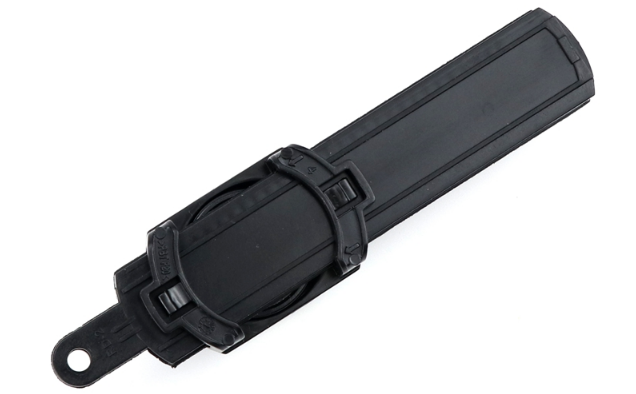Linear Dampers vs Axial Damper: Choosing the Right Solution
When it comes to managing vibrations and controlling motion in mechanical systems, the choice between linear dampers and axial dampers plays a pivotal role. Both solutions offer unique advantages and are designed for specific applications. In this article, we delve deep into the realm of linear dampers vs axial dampers, unraveling their features, functionalities, and applications to help you make an informed decision.
Understanding Linear Dampers:
Linear dampers are mechanical devices designed to absorb and dissipate energy, thereby reducing the amplitude of oscillations or vibrations in a linear motion system. These dampers operate on the principle of converting kinetic energy into thermal energy, effectively dampening the motion.

Linear dampers find widespread applications in various industries, including automotive, aerospace, and manufacturing. They are commonly used in shock absorbers, suspension systems, and machinery to enhance stability, reduce noise, and minimize wear and tear.
Advantages of Linear Dampers:
Superior damping performance
Precise control over motion
Enhanced stability and safety
Applications of Linear Dampers:
Automotive Suspension Systems
Industrial Machinery
Aerospace Components
Exploring Axial Dampers:
Axial dampers, also known as rotary dampers, are specialized devices used to control the speed and motion of rotating shafts or components. Unlike linear dampers, which operate in a linear motion, axial dampers function by resisting rotational movement, providing smooth and controlled deceleration.
Axial dampers are widely employed in applications where rotational motion needs to be regulated, such as door hinges, rotary actuators, and rotary dampers for furniture.
Advantages of Axial Dampers:
Efficient deceleration of rotational motion
Compact and lightweight design
Silent operation
Applications of Axial Dampers:
Door Closing Mechanisms
Automotive Glove Compartment Doors
Furniture Soft-Close Hinges
Linear Dampers vs Axial Damper: A Comparative Analysis:
In the realm of linear dampers vs axial dampers, several key differences set them apart:
Motion Type:
Linear Dampers: Control linear motion.
Axial Dampers: Regulate rotational motion.
Operating Principle:
Linear Dampers: Convert kinetic energy into thermal energy to dampen motion.
Axial Dampers: Provide resistance to rotational movement to achieve deceleration.
Applications:
Linear Dampers: Ideal for applications involving linear motion, such as shock absorption and vibration control.
Axial Dampers: Suited for tasks requiring controlled deceleration of rotational components, such as door closing mechanisms.
Size and Form Factor:
Linear Dampers: Typically larger and longer in size.
Axial Dampers: Compact and often cylindrical in shape.
Conclusion
In the dynamic world of mechanical engineering, the choice between linear dampers and axial dampers boils down to the specific requirements of the application. While linear dampers excel in controlling linear motion and damping vibrations, axial dampers offer efficient deceleration of rotational components. By understanding their features, advantages, and applications, you can select the right damper solution to optimize performance and enhance functionality in your mechanical systems.



